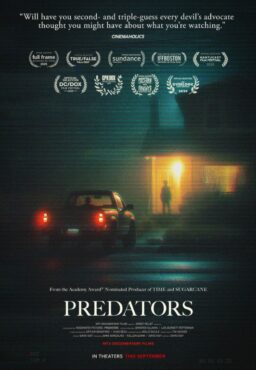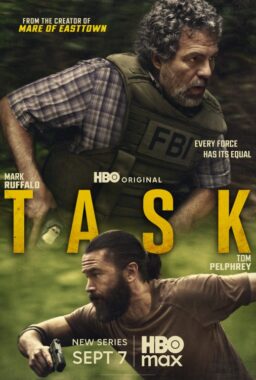Columbia Pictures shouted “fire!” in its own crowded theaters.
That is part of the reason why there were incidents of violence at a few of the 900 theaters showing “Boyz N the Hood” over the weekend. Columbia, which deserves credit for producing one of the best films of the year, also deserves blame for advertising it as a movie about street gangs. The studio should have used a more responsible approach.
“Boyz” makes a powerful statement against exactly the kind of street violence it is being associated with. It is an important film about young men trying to grow up in an American inner city without being trapped in the deadly spiral of gangs, guns and crime.
But how could you know that? The TV commercials and trailers for the movie emphasized a few scenes in which the movie’s characters are caught in a tense situation involving gangs.
As I wrote a week before the movie opened: “The coming attractions trailer for “Boyz N the Hood” makes it look like exactly what it is not–a movie about violent young black men, guns and gangs.”
Well, the ad campaign was apparently a success. The movie opened to outstanding business. Unfortunately, it also opened to a killing, several shootings and some shoving matches. A few theaters have pulled it, and the police chief of Minneapolis has volunteered the advice that people should wait until it comes out on video.
Should the film be held responsible for the violence? Nothing on the screen could have possibly inspired any trouble–just the reverse. It would be tragic if a film this important and thoughtful was blamed for conditions it dreams of changing–and if the development of the New Black Wave of filmaking was suppressed. We should not blame the messenger for the message. But the national roundup stories make it look like a wave of carnage took place, when in fact the majority of “Boyz” screenings were without incident.
Here’s the kind of dramatic news report that bears a closer look: It was reported that metal detectors were used at one theater, and two handguns were confiscated. Let’s say the theater had four showings of the movie, and averaged 600 people a screening. That’s two guns out of 2400 people. In today’s America, with our insane lack of gun controls, I’m surprised there were only two guns.
And what if they’d had metal detectors for other weekend movies, like “Terminator 2: Judgment Day” or “Point Break“? How many guns? But you’ll never read that story, because it doesn’t fit into the formula.
You’ll also never read about trouble in or near theaters showing mainstream films. That’s because the media doesn’t make the connection. We only look for the story after a black-theme movie like “Boyz” or “New Jack City“–and that’s why we find it.
After “New Jack City” opened, news outlets all over the country reported a stabbing “after a screening of the film” in Chicago. How many carried the item a day later, when Chicago Police said the two people involved in the stabbing had not seen the film, were not going to see the film, and in fact were some distance away from the theater at the time of the incident? There is urban violence every hour of the day, every day of the year, but when it takes place adjacent to a movie like “Boyz,” the movie is immediately blamed for it. It isn’t the problem, it’s part of the solution.
“New Jack City” survived its opening day to grow into a substantial success. I hope “Boyz” does, too. And to the police chief in Minneapolis, my advice is: Don’t wait until it comes out on video. See it now. You may find yourself recommending it.











